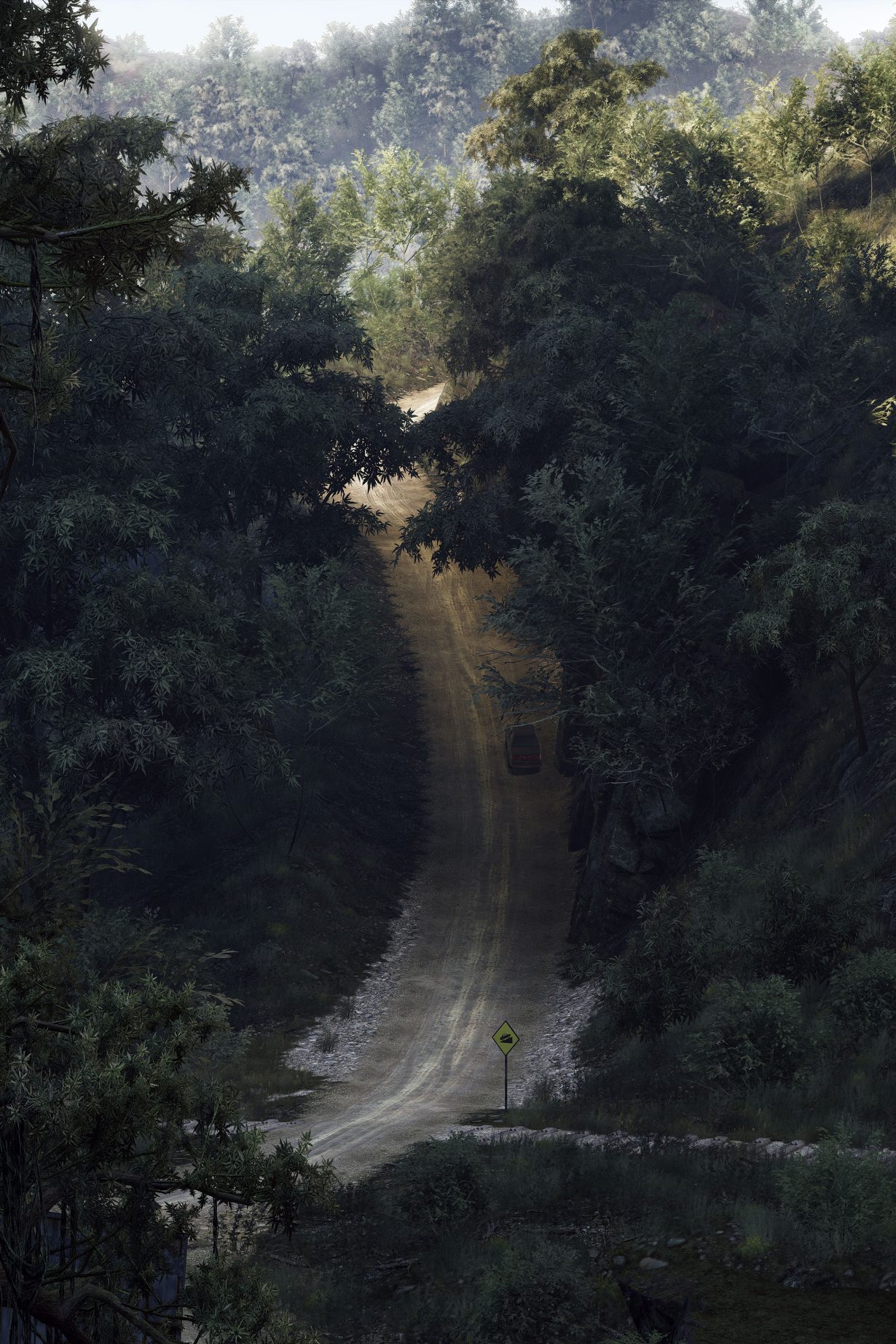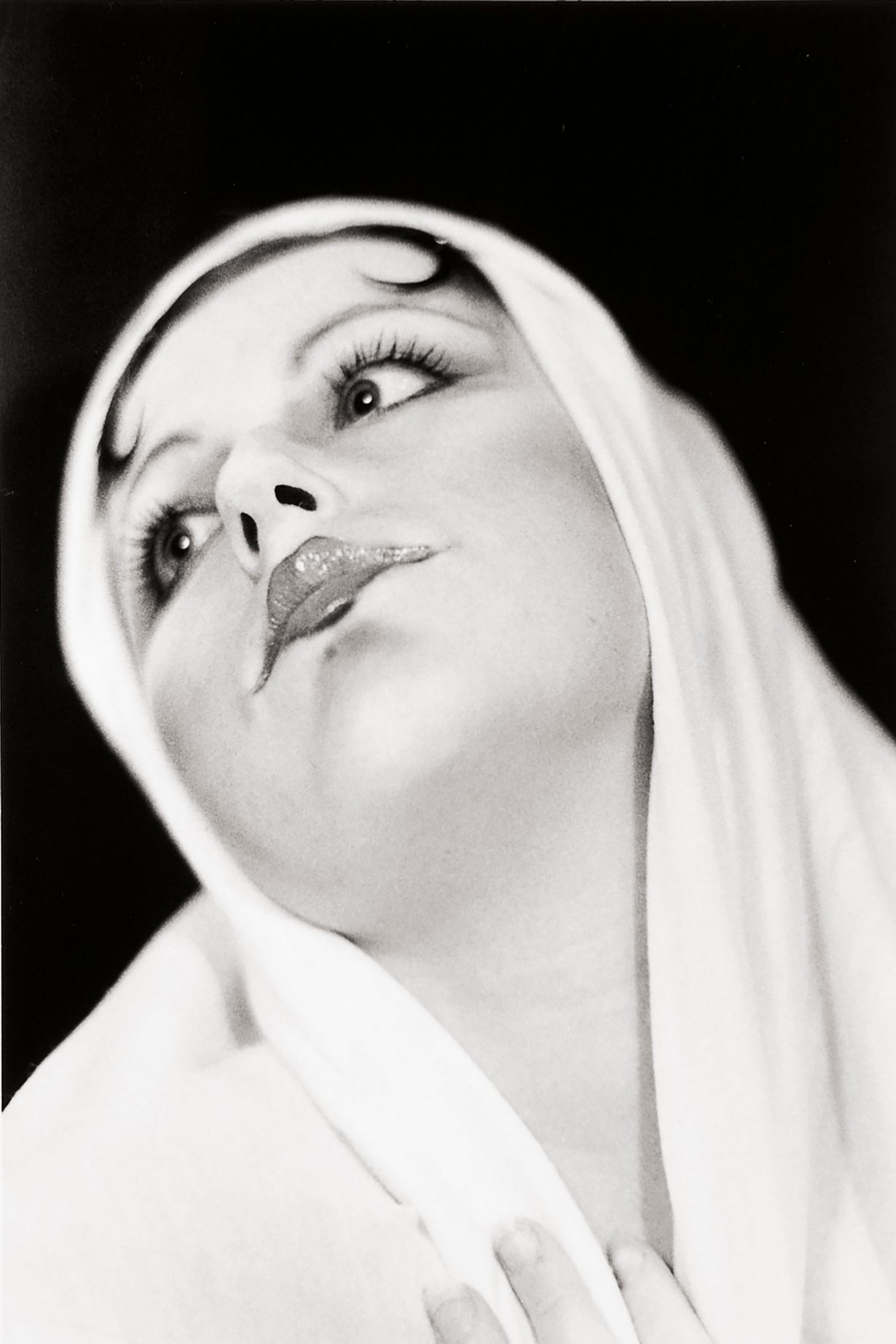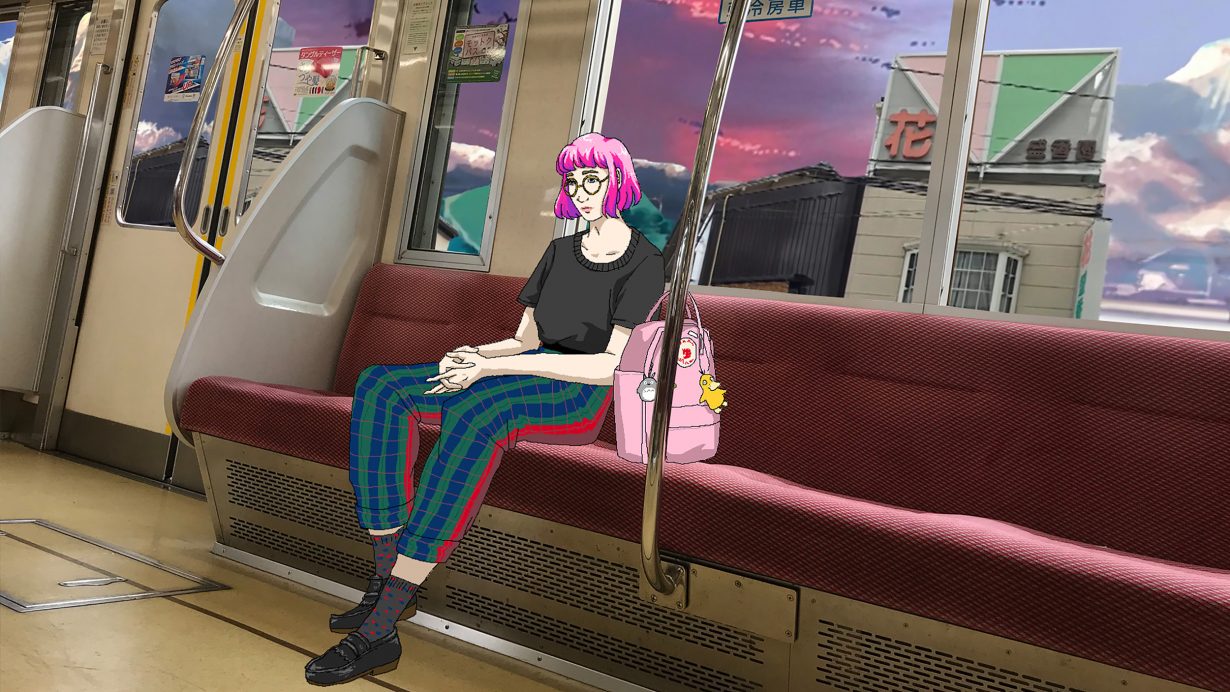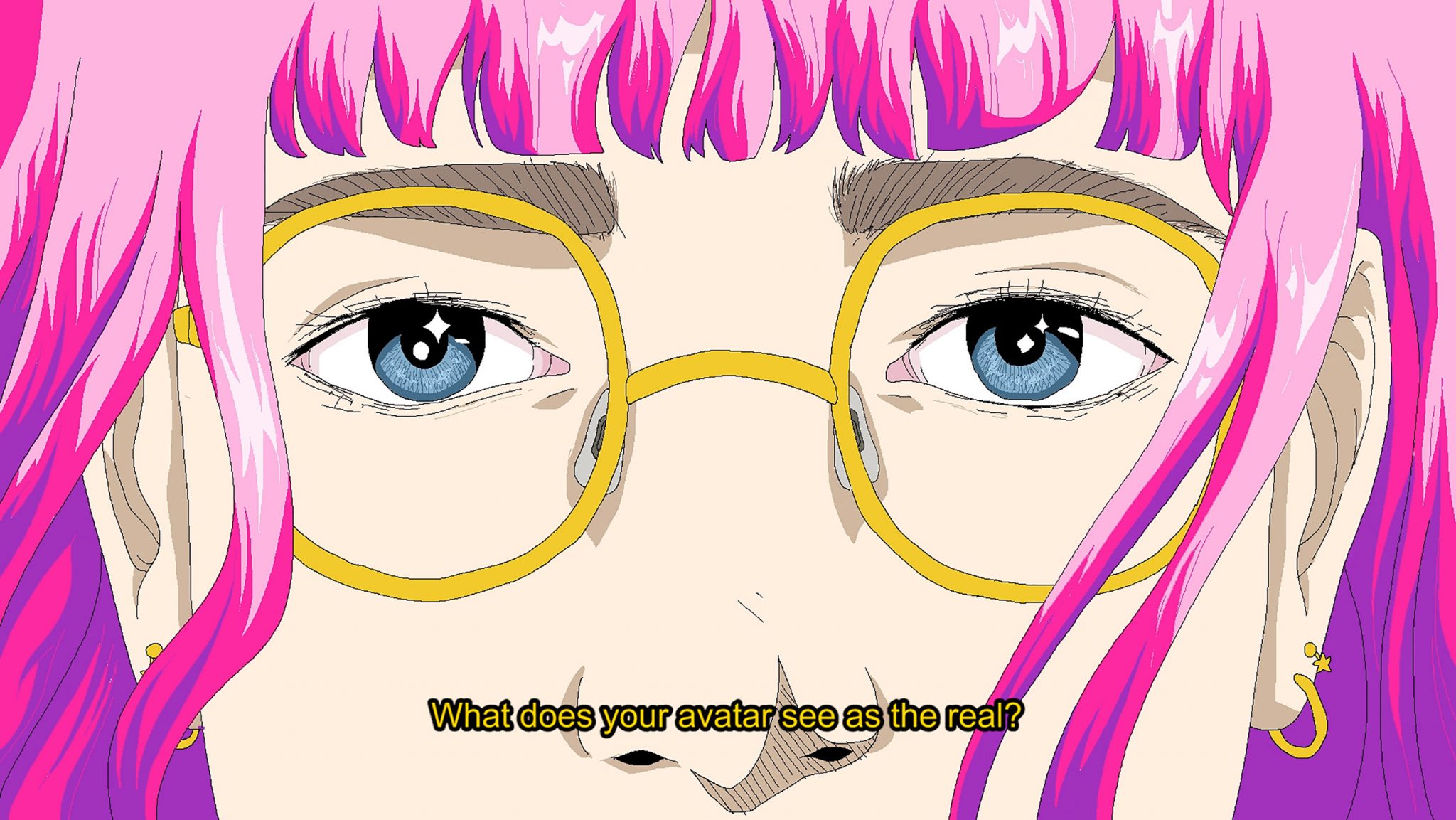From videogames to self-portraits at a new exhibition, How to Win at Photography, the old ways of engaging with technology and art must give way to new forms of reflection and resistance
At first, it felt familiar. Familiar, like 2014. The artist list for How to Win at Photography, an exhibition at the Photographers’ Gallery purporting to explore the link between visual culture and play, feels like one I’ve seen before. In the first room are Cory Arcangel’s Super Mario Landscape 1 (2005, a Nintendo hacked to display just the clouds and a road from the videogame) and Aram Bartholl’s sculptures, Justin Berry’s landscapes taken from Call of Duty (2018) and Tabor Robak’s renderings of objects using software meant to design videogames (Rocks, 2011). These artists’ works have been displayed alongside each other in the past. I wrote about several of the artists featured, taught their works in classes about post-internet art and new media, talked with them at conferences.
In the early 2010s, I was a bit of a latecomer to this community: I am not techy, after all, just dorky. With a growing awareness among users, half a decade after the first swell of social media platforms, that the corporate structure of the internet affects all users, there was an opportunity to present art that engages with technology in ways that were not specialist. Artists like Constant Dullaart – whose mediums included websites, routers, and manipulated found images – were making work that was not only structural, but also felt critical, like it could provide another perspective from which to understand the changing digital landscape. Not dissimilar to High Retention, Slow Delivery (2014; presented here) – where Dullart’s narration talks through a video displaying various profiles of the 2.5 million fake Instagram followers he bought alongside his art-world peers – they were direct, highly specific in their visual language, and humorous (‘Slippers are ok on the balcony’, Dullaart’s ‘balconism’ manifesto explained in 2014).


What happened next is harder to grasp. So much of what I felt needed writing about then is obvious today. So much has changed: the discourse around technology and privacy has been popularised; cryptocurrency and NFTs are now so prominent that I no longer need to explain how blockchain works (then admit that I don’t fully understand it). ‘Technology’ feels unnecessary as a separate or specific lens through which to look at art. With time, what felt like a scene or a specific interest became the dominant culture.
How to Win at Photography is not meant to be an exhibition about art and digital culture – in fact, the gallery guide only mentions the word ‘internet’ once (as part of ‘internet café’, another relic) – but it feels like one. The focus on play in the exhibition isn’t very well formulated. Instead, what viewers are left with is a vaguely defined and old-fashioned relationship between technology, images and play. There is not a single mention of streaming platform Twitch and how gamers use it to interact; there’s a Nintendo (in Arcangel’s work) but not a PlayStation (though Harun Farocki’s Parallel series (2012–2014) deconstructing live gameplay is included). For an exhibition about games and images, a couple of landscapes based on videogames feels like an old-fashioned approach that fails to reflect how videogames have impacted contemporary understanding of narrative play and spaces for art-making. It’s a significant blind spot.

Some of the historical photography in the show, like Cindy Sherman’s self-portraits and Ed Ruscha’s photobook Twentysix Gasoline Stations (1963), stand out as examples of how the discourse on images can be informed by photography. There’s a direct influence: Lorna Ruth Galloway quotes Ruscha’s photobook in her charcoal drawings of gasoline stations from Grand Theft Auto. The citation, finding the same visual subject in a virtual world, links new media to the history of art in a way reminiscent of how radical Twentysix Gasoline Stations was in ‘63, a landscape of purposeful mundanity and repetition. Sherman’s self-portraits, in which she performs different stereotypical roles ascribed to women in society, are displayed in a room dedicated to playing with identity. They inspire a greater understanding of younger artists’ works: Petra Szemán’s series of videos Monomyth: Gaiden (2018–2020) explore their own image via videogame avatars, imagining them in different places and scenarios as the protagonist of non-existent (or perhaps new) games. See it in the afterglow of Sherman’s feminist exploration of female identity, and the works will offer multiple versions of what women’s images can be.

After looking at art that asks critical questions about digital culture and technology for over a decade, I want more from the way these works are framed. It is not shocking for any museum visitor to see Instagram posts at the gallery, whether in the work of artists like Dullaart or Amalia Ulman (who is surprisingly absent here), but it’s a bit weird to see miniature lightboxes of tweets from 2017 (by the Russian Ministry of Defence, sharing photographs that ‘prove’ the US government was assisting ISIS; the photographs were actually from a gun simulator videogame, and are reproduced here by Fotomuseum Winterthur for the exhibition). We are becoming increasingly wise to fake news, and Twitter is full of fact-checking threads. New tools can fail us, which is most obvious in the work of Dries Depoorter and Max Pinckers, who, to build their Trophy Camera v0.9 (2017), fed a data set of the photographs awarded the World Press Photo of the Year to a machine-learning algorithm. The result is that the 2011 portrait of Malala Yousafzai is tagged ‘fashion, woman, model, pretty, glamour’ – the algorithm’s behaviour may be revealing, but it can hardly be surprising to most.
How to win at photography? The truest winner of a quantifiable competition in this show is a photo of an egg. The account @world_record_egg started in 2019, its only aim to break the record of the most liked image on Instagram – at the time, 18 million likes for a photo of Kylie Jenner. The egg’s been liked 56 million times. It’s a joke – thus playful – but perhaps the laughs are a distraction from something very real. The gallery guide states that the egg’s success ‘can be read as a symbol of how the value of a networked image is determined by its circulation’. In the early 2010s, the record-breaking egg would have seemed like an incomprehensible, or simply insider-y, joke, but now it is an example of something that is more often felt than claimed – that users are disenfranchised online, and they enact these small rebellions against a dominant culture that is created and enforced (subtly or otherwise) by Big Tech, institutions and governments. It’s a quietly special moment, in its own way, and if you see any digital space as a space for criticism, it’s clear that a photo of an egg can also be an opportunity for what this exhibition doesn’t do enough of: engage with how our societies, growingly dependent on and defined by digital tools, reflect on – and resist – this dominance, through art and other small acts of rebellion.
How to Win at Photography at the Photographers’ Gallery, through 25 September
